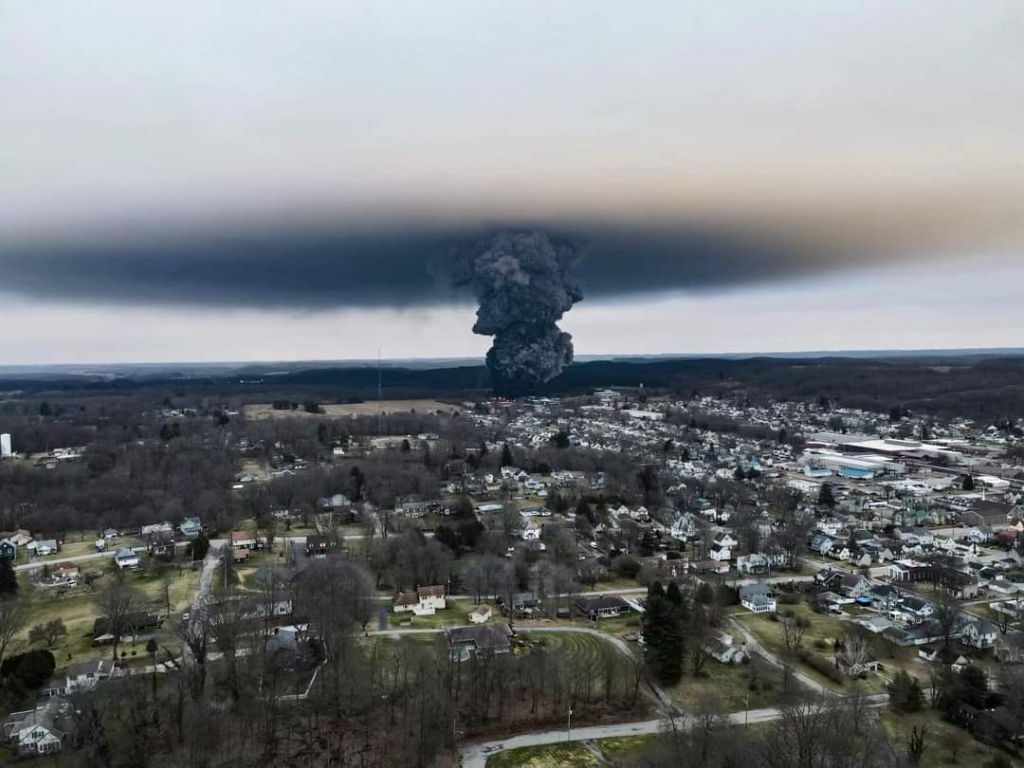Ohio derailment: fire is out but fears still spark

Things after the massive derailment in East Palestine, Ohio, US, seem to be going from bad to worse. The citizens in the area may be dealing with contaminated air and water, while Norfolk Southern, the company operating the train, might have to pay for cleanup costs. Moreover, the National Transportation Safety Board (NSTB) identified the cause of the accident, which may have started 20 miles before the accident location.
Do you want to read the full article?
Thank you for visiting RailFreight.com. Become a member of RailFreight Premium and get full access to all our premium content.
Are you already a member?
Having problems logging in? Call +31(0)10 280 1000 or send an email to customerdesk@promedia.nl.




